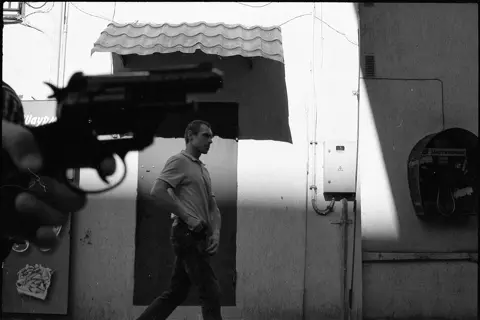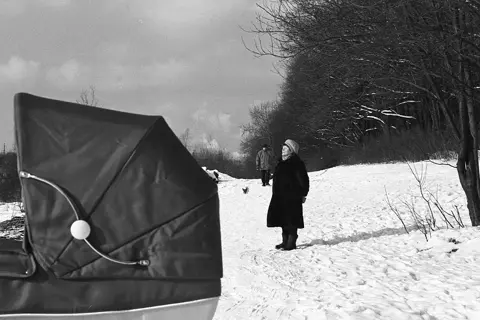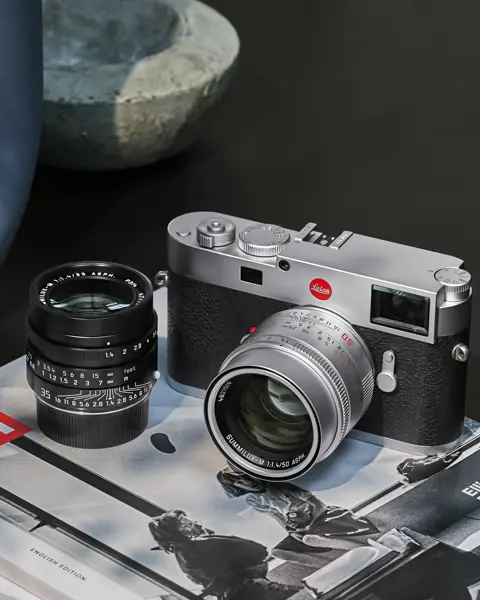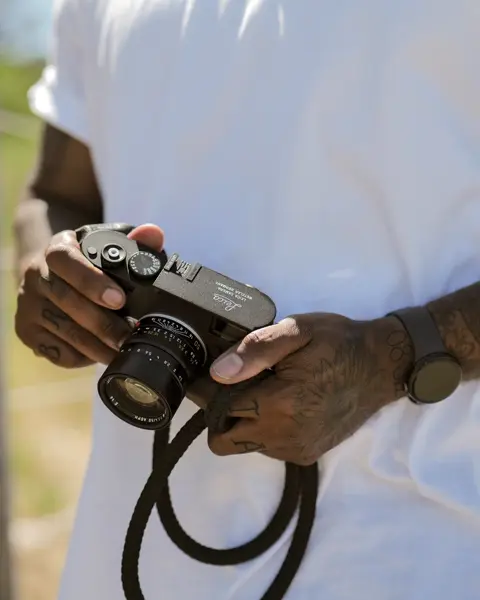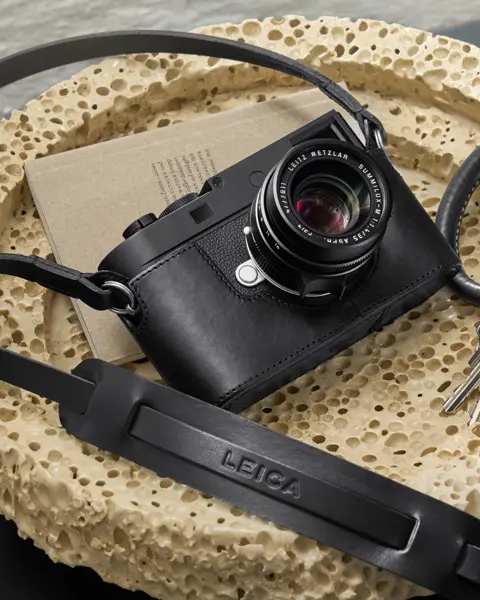
Erased Time
Erased Time presents Bychko’s series Sykhiv, shot in Lviv, Ukraine in 2020, and Out of Time, taken throughout Ukraine between 2018-2020.
In Taras’s words, discover how the memory of place through visual language reminds him of change, identity, and how space shapes who we are…
I came to photography later in life, and as I explored the work of established photographers, I often thought: Why didn't I start earlier? I wished I had photographed my school years, my childhood environment, the everyday scenes I once overlooked. Eventually, that thought turned into a question: Can I photograph memory itself? Can I, through documentary photography, explore not just what's visible, but also what lives within - as atmosphere, as echoes, as a sense of place? That's how the project began. It became both a visual exploration and a personal rethinking of a place I once saw as ordinary.
I grew up in Sykhiv - walked the same streets, stood in the same queues, watched slow changes unfold. But only with time - and distance - did I start to see the district as a kind of living archive, a fragment of history that deserves attention.
Today, Sykhiv is more than a physical location. In the context of forced emigration, it's become a symbol of home - one that can't be replicated. It's no longer just streets and buildings, but a constellation of memories, smells, rhythms - a space that mostly exists inside me now. Through this project, I reflect on change, identity, and how space shapes who we are.

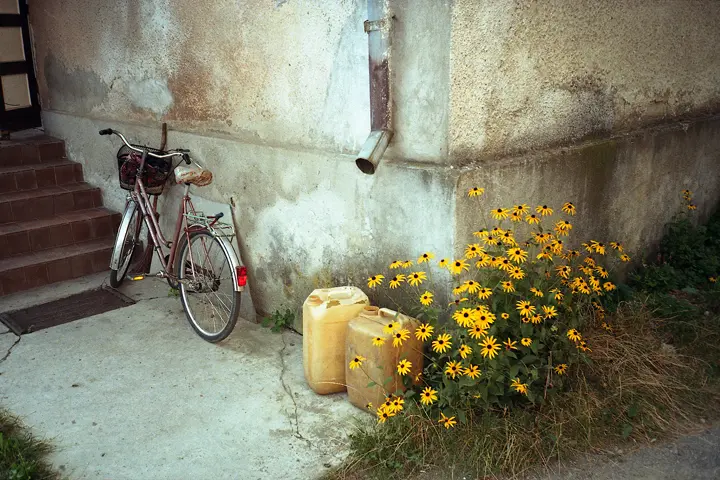
My background in law gave me an unexpected but valuable foundation - especially in terms of understanding context, communication, and ethics in the environments I work in. Legal training taught me to pay attention to detail, to listen carefully, and to read between the lines - not only in documents, but in human interactions.
When you enter a public space - or someone's private world - with a camera, it's not just about seeing. It's about understanding who's in front of you, what boundaries exist, and where the line lies between respect and intrusion.
That's probably where my core principle comes from: I photograph people the way I would feel comfortable being photographed myself. It's a simple formula, but one that requires constant awareness - of context, of emotion, of the moment itself - not just from an aesthetic point of view, but a human one.
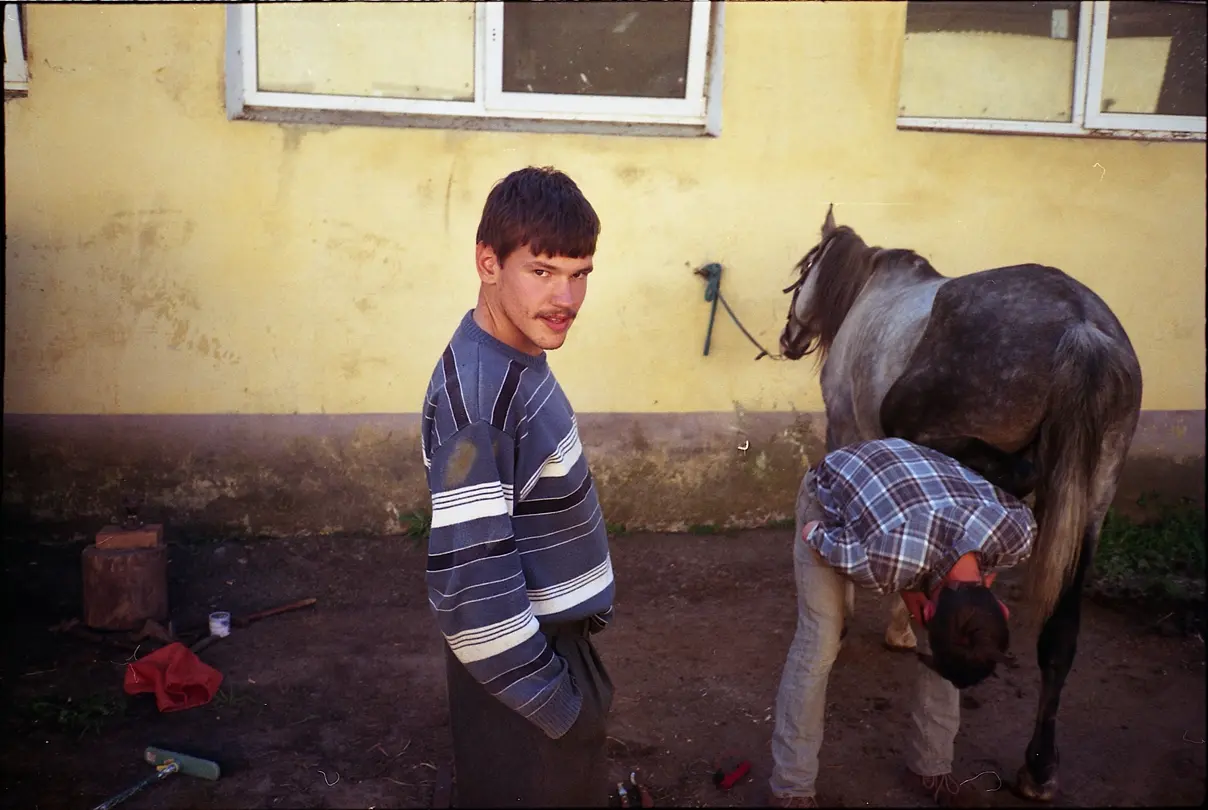
Usually, things start with planning - defining the visual language and understanding what I want to explore. For Sykhiv, memory led me to specific places, and once I was there, intuition took over. I was re-encountering familiar spaces and responding to the light, the people, the textures - details that suddenly carried weight. Other times, the process is reversed. I might leave the house with a clear idea of the frame I'm looking for, at a specific time and place. That's more structured, but equally important.
And in street photography, it's pure improvisation - like jazz. I don't always know where I'm going, but I follow the "sound" of light in the city. New things always emerge in motion. Everything depends on attention, openness, and readiness to respond.
Both projects reflect two different approaches: one rooted in control and structure, the other in instinct and chance. But each is deeply tied to place and memory.
For the Sykhiv project, I used a Leica M6 TTL paired with Summicron 50mm and Summicron 40mm lenses. I chose black-and-white film to emphasize the internal nature of memory and strip away visual distractions allowing light, form, and atmosphere to take centre stage. Working with a rangefinder like the M6 gave me a slow, precise process. I didn't crop my frames; each image was composed fully in-camera, which demanded full presence and intention.
In contrast, for Out of Time, I used a Leica Minilux Zoom - a compact film camera with excellent optics. Here, I was after something more spontaneous and intuitive - a lighter, more fluid way of seeing. I chose colour film to preserve the subtle hues and textures of post-Soviet interiors, capturing a sense of stillness and faded time embedded in those spaces.
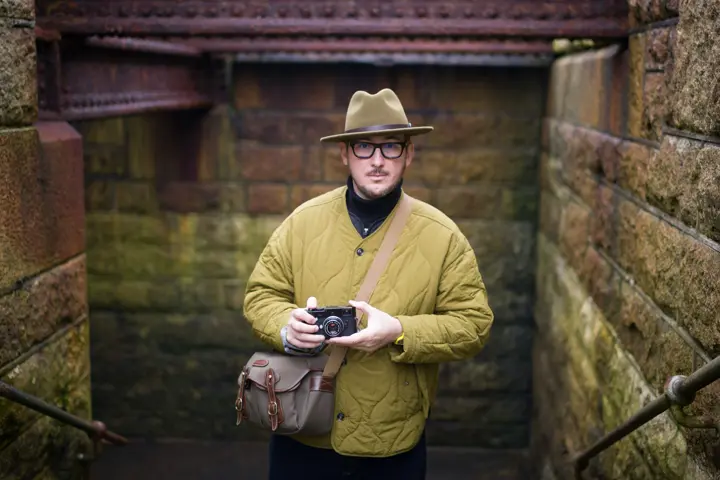
About Taras Bychko
Taras Bychko is a Ukrainian documentary and fine art photographer, now based in the UK. Beginning his professional life as a legal advisor, the Ukrainian photographer Taras Bychko’s career path dramatically changed when he bought a camera after the birth of his first child. Bychko’s style ever since has lain somewhere between the documentary and fine art image represented through both black-and-white and colour film. He is the co-founder of the Ukrainian Street Photography group and his work has been published in The Guardian, LFI Magazine, Burn Magazine, National Geographic, LensCulture, Fisheye Magazine, and other publications.
